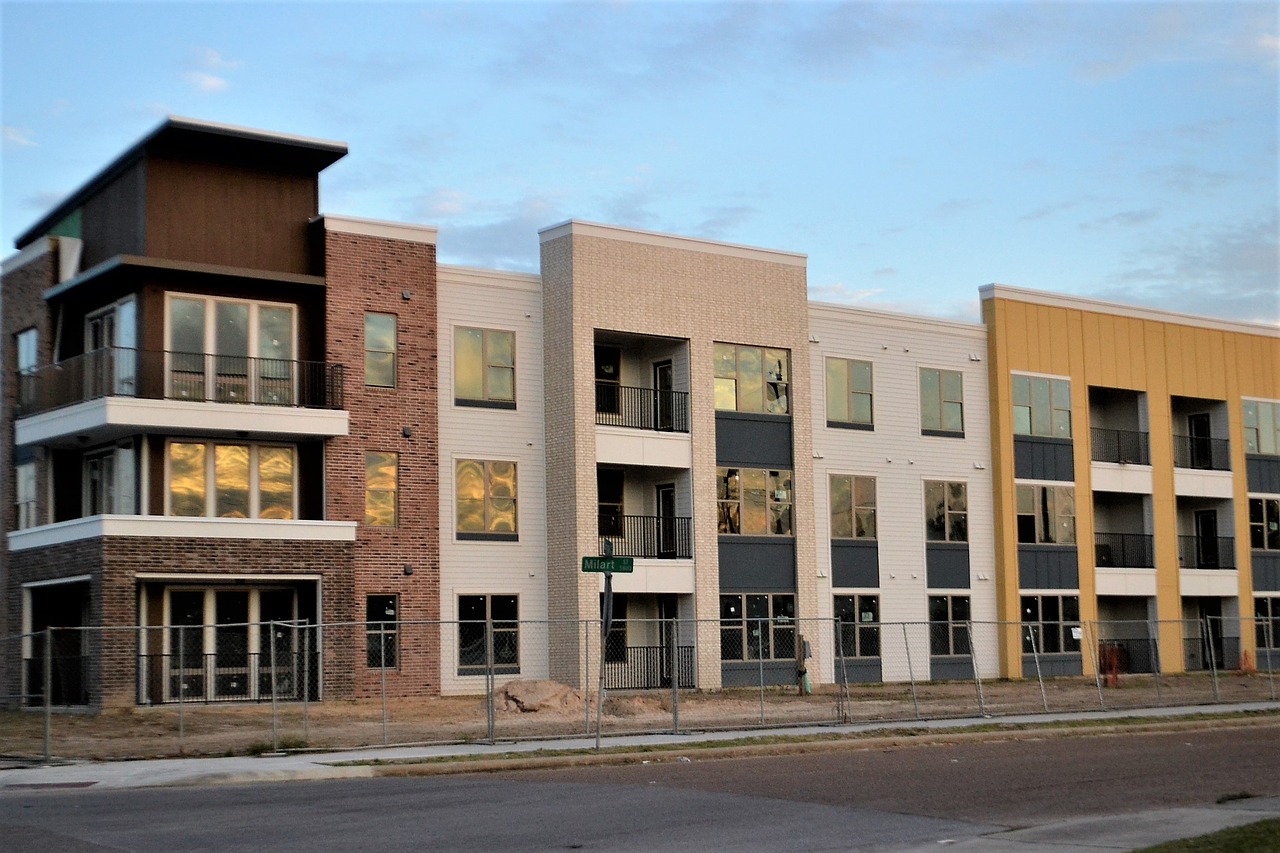Updated on September 27, 2021
In a previous blog post, we introduced the concept of inverse condemnation, which is a type of action in which the owner contends that government action has taken or damaged the owner’s property rights and thus an amount of compensation to the owner must be awarded.
Four Elements of an Inverse Condemnation Action
In this post, we will briefly discuss the four elements of an inverse condemnation action, which the property owner carries the burden of proof to establish:
- Ownership of the injured property
The proper party to sue in an inverse condemnation action is a person with an ownership interest in the property damaged or taken.
- Agency Participation in Public Project that Caused Injury to Property
The proper defendant in an inverse condemnation action is a public entity that has “substantially participated in the planning, approval, construction or operation of a public project or improvement that proximately caused injury to private property.” Paterno v. State of California, 113 Cal. App. 4th 998, 1029 (2003). Notice that it is a key requirement the government taking must be for a public use—that is because the policy behind compensating the property owner for the taking is to eliminate the injustice of coercing an individual to contribute more than his or her proper share to a public undertaking that benefits the community as a whole.
- Taking or Damaging of the Property
The fundamental principle is that in order to prevail on a claim of inverse condemnation, “there must be an invasion or an appropriation of some valuable property right which the landowner possesses and the invasion or appropriation must directly and specially affect the landowner to his injury.” Selby Realty Co. v. City of San Buenaventura, 10 Cal.3d 110, 119-20 (1973). To be considered a compensable taking, the property owner’s property must be “singled out for singular and unique treatment.” Smith v. State of California, 50 Cal. App. 3d 529, 537 (1975). If the impact of the government’s conduct is widespread and the claimant’s situation does not differ than that of other owners in the area, the court may determine there is no compensable taking. Furthermore, if the court determines that the taking or damage was essential to safeguard public health, safety, morals or general welfare, the court may find that the government’s proper exercise of its police power does not require it to compensate the property owner.
- The property damage was proximately caused by the public project
Generally, a property owner may recover damages where he or she can prove a substantial cause-and-effect relationship excluding the probability that other forces alone produced the damage. The fact that the public entity was not negligent in carrying out the project or that injury was not foreseeable does not necessarily defeat the claim. As an example, in Holtz v. Superior Court, 3 Cal. 3d 296 (1970), the court held that it was sufficient to show that the public entity deliberately planned and carried out the excavation for the subway that undermined the property’s lateral support and caused physical damage to the property. It was irrelevant whether or not the public agency was negligent in conducting the work.
